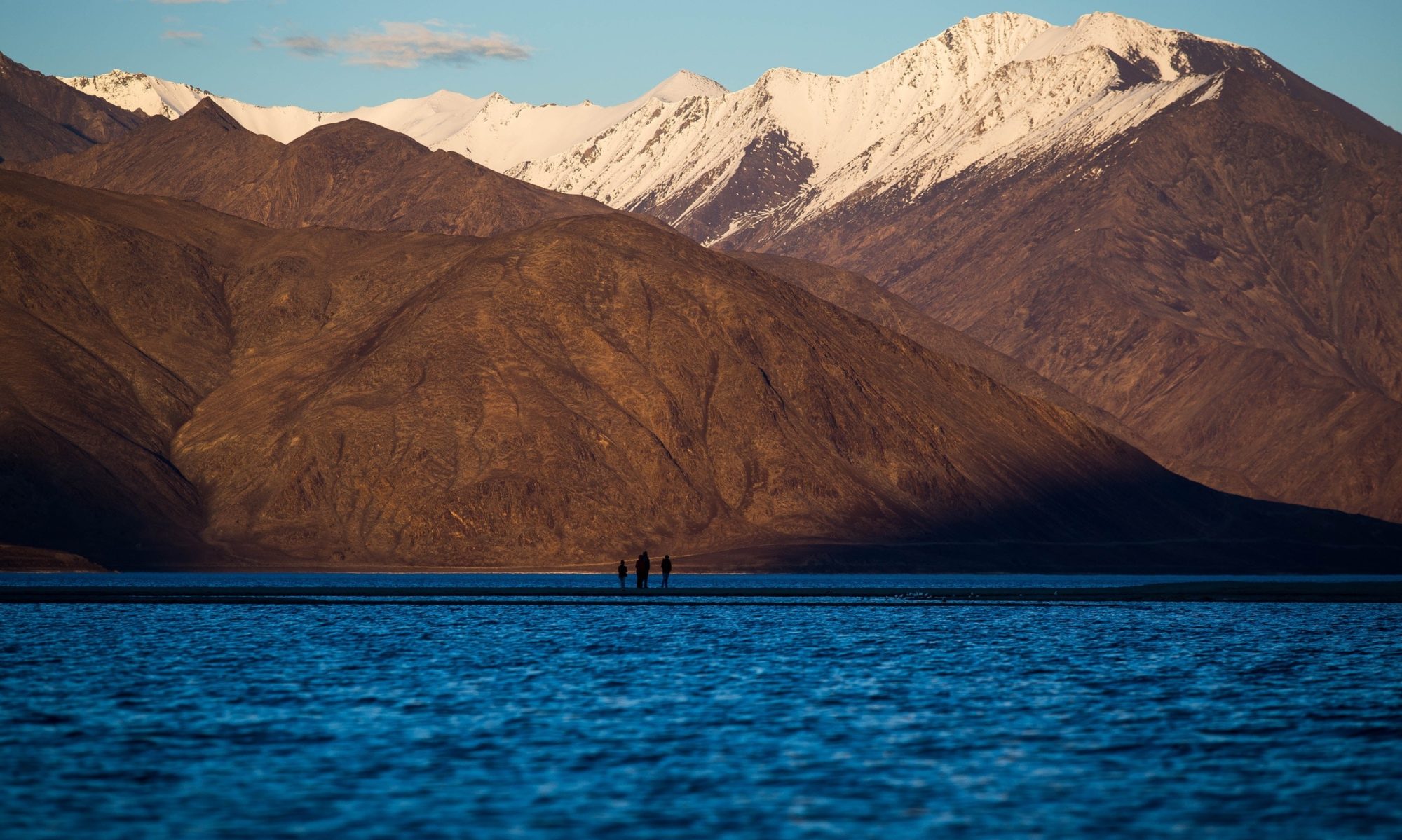Others are doing a good job memorializing McCoy Tyner in widely-available tributes since his passing on Friday, March 6. See, for example, Ben Ratliff’s piece in the New York Times and Dan DeLuca’s in Saturday’s Philadelphia Inquirer. This, then, will not be a comprehensive retrospective of the great pianist’s life or work.
I would be remiss, however, to let the moment pass without expressing appreciation for one of the true masters, and a critical stylistic link between bebop and the avant-garde. Simply put, McCoy Tyner was one of the all-time greats. If you have never heard him, you owe it to yourself.
Among His Influences
Innovation is paramount in Jazz. There are special places of honor reserved for those who create a sound on their instruments that is new, vital, and unmistakably their own. Within a few notes of any recording, there is no doubt when the pianist is McCoy Tyner. He did not come from nowhere, however, and his obvious inspirations constitute a piano Hall of Fame.
Earl Hines is considered an early virtuoso of Jazz piano for his “orchestral” approach to the instrument. That is to say, Hines used unprecedented two-handed skill and facility to unleash all that the keyboard offers. It is no coincidence that Hines is the one pushing a young Louis Armstrong to new heights on some of the latter’s most important early recordings, like “Weather Bird” and the incomparable “West End Blues”.
The Harlem Stride pianists, like James P. Johnson, Willie “The Lion” Smith, and Fats Waller, were so named for the patterns of powerful chords they used to propel their music. Their left hand did the “striding” while belting out the chords that set the foundation for the right hand’s melodic improvisations .
The two high priests of bebop piano were Thelonious Monk and Bud Powell. From Monk, Tyner clearly gleaned the importance of space in music, and the rhythmic and percussive aspects of the instrument. Powell was his hero, though. The Powell influence is unmistakable in the grace, fluidity and melodic majesty of Tyner’s playing. McCoy added to these bop innovations the fullness of his expanded orchestral approach and the propulsive force of his amazing left hand. Thus, he became uniquely capable of creating thrilling tension and beauty.
As explained in an earlier post (“What Makes Jazz So Endearing and Enduring”, 3/4/19), tension and release is one of the most compelling techniques in the music. Tyner’s remarkable ability to build tension, even while creating melodically and harmonically, made him the perfect pianist for a quartet many consider the greatest ever.
The Quartet
John Coltrane made astounding music both before and after his “Classic Quartet”, but there has never been anything like that group – Tyner, Jimmy Garrison on bass, and Elvin Jones on drums. Jones described the group’s interaction as “telepathic”. It’s a good thing they were, too, given the passion, virtuosity, energy, and inventiveness with which they played.
Every Coltrane album on which McCoy plays is a genuine classic. I’ll just mention two. The first of them, My Favorite Things on Atlantic was, as mentioned in a prior post (“Missing The Trane”, 7/18/19), my first Coltrane record. One reason I listened to the title track every day for a year was how often I discovered an idea in Tyner’s solo that developed into something magical in Coltrane’s second turn on the soprano.
It is impossible to present A Love Supreme, as I’m doing in this 55th anniversary year of the iconic Impulse album’s release, without pointing out Tyner’s contributions.
The truth, though, is that you can pick any album from this group’s era in the early Sixties and just sit back in wonder at what is possible in improvised music. In the middle of it all is Tyner’s grounded but relentless attack setting the table for the bristling passion of everyone else’s playing. You can feel Coltrane gearing up for his next solo.
McCoy was the surviving member of The Quartet; his passing will make any presentation of A Love Supreme that much more poignant.
Post ‘Trane
As far as I can tell, there is no such thing as a bad McCoy Tyner recording. Whether leader or sideman, in whatever setting – solo, trio, small group with horns, big band – he guaranteed a level of excellence for the proceedings.
There are Tyner records that will be mentioned by all, like The Real McCoy on Blue Note. (Emails seeking further listening recommendations will be met with enthused reply, by the way.) For now, let’s just mention Time For Tyner, also on Blue Note. As exhilarating as it is beautiful, this is a wonderful example of the special chemistry Tyner had with the extraordinary vibraphonist, Bobby Hutcherson. Other excellent outings feature saxophonists like Gary Bartz, Sonny Fortune, and Azar Lawrence.
Seeing McCoy Tyner live was always a memorable treat, whether as a solo in San Francisco or with a group at the Berks County Jazz Festival. The latter was with a good friend who is a gifted musician in his own right. When the concert was over, we just sat there for a while, speechless. This can happen after experiencing one of the best who ever lived.
Final Note
I have never read or heard a bad word about McCoy Tyner, as a musician or as a person. He has influenced virtually every pianist who has followed him, many profoundly. They have chosen well in selecting a mentor.
The magnitude of such a loss is tempered somewhat by the opportunity (actually, the need) to celebrate the man. And, as always with truly great music, riches await the adventurous listener.
Ken Bossong
© 2020 Kenneth J. Bossong
